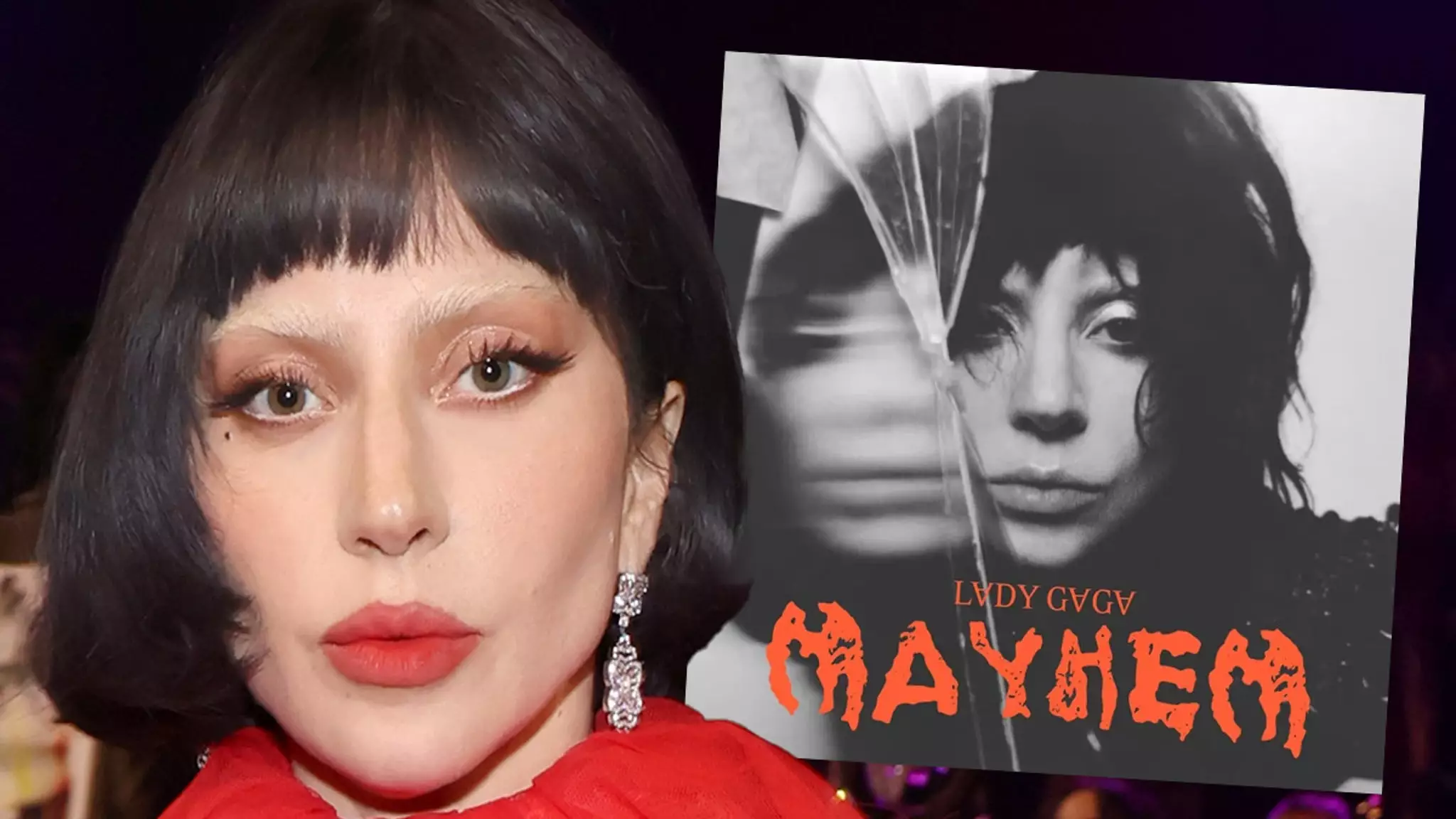In the vibrant landscape of the music industry, where artistic expression knows no bounds, the lines between inspiration and infringement can become blurred. Enter Lady Gaga, a pop icon synonymous with boundary-pushing creativity, who now finds herself embroiled in a lawsuit that raises critical questions about originality and ownership. Lost International, a surfboard brand, is taking legal action against Gaga, accusing her of appropriating their trademarked “Mayhem” logo for her latest album. This lawsuit not only highlights the complexities of intellectual property rights but also sheds light on the potential pitfalls of artistic borrowing in modern culture.
Intellectual Property: A Double-Edged Sword
Intellectual property (IP) laws exist to protect creators from unauthorized use of their work, effectively fostering an environment where creativity can flourish. However, the boundaries of what constitutes original art can sometimes appear nebulous. Lost International claims that they have been utilizing the “Mayhem” logo on their surfboards and merchandise for over ten years, asserting their ownership of the term since 2015. By juxtaposing their logo with Gaga’s, the lawsuit argues that she has unambiguously replicated their design. This case underscores a crucial legal principle: while art often draws inspiration from multiple sources, it becomes problematic when that inspiration crosses into the realm of infringement.
The Power of Brand Identity
For brands like Lost International, logos aren’t just images; they are the lifeblood of their identity and market presence. A recognizable emblem can make or break a company’s success. In our digital age, where branding plays a pivotal role in consumer engagement, the stakes are considerably high. Lost International’s decision to pursue legal action against a mega-star like Gaga may seem audacious on its surface, but it reflects a deep-seated need to protect the core of their business from dilution. In today’s competitive marketplace, protecting one’s brand against unauthorized use is not merely an option—it’s a necessity.
Lady Gaga’s Response: Silence Speaks Volumes
Interestingly, the silence from Lady Gaga’s camp in the wake of this lawsuit adds another layer of intrigue to the narrative. Is this an oversight, a strategic withholding of comment, or something else entirely? Given Gaga’s history of strong activism and advocacy, one might expect a fierce defense of her artistic choices. The lack of public response leaves a vacuum filled with speculation about whether she will fight to maintain her creative vision or if she will negotiate a settlement to avoid prolonged litigation.
The Broader Implications for Artists
This case serves as a cautionary tale for artists traversing the fine line between homage and infringement. It invites a broader discussion about the evolving landscape of creativity in an age defined by rapid sharing and remixing. As artists harness the power of existing visuals, phrases, and concepts, they must tread carefully to avoid potential legal ramifications. The artistic community must engage in a dialogue about how to foster innovation while respecting the rights of others in an increasingly interconnected cultural framework.
As this conflict unfolds, it raises the stakes not only for Lady Gaga and Lost International but for artists everywhere, grappling with the complexities of originality in an ever-evolving artistic abyss.

